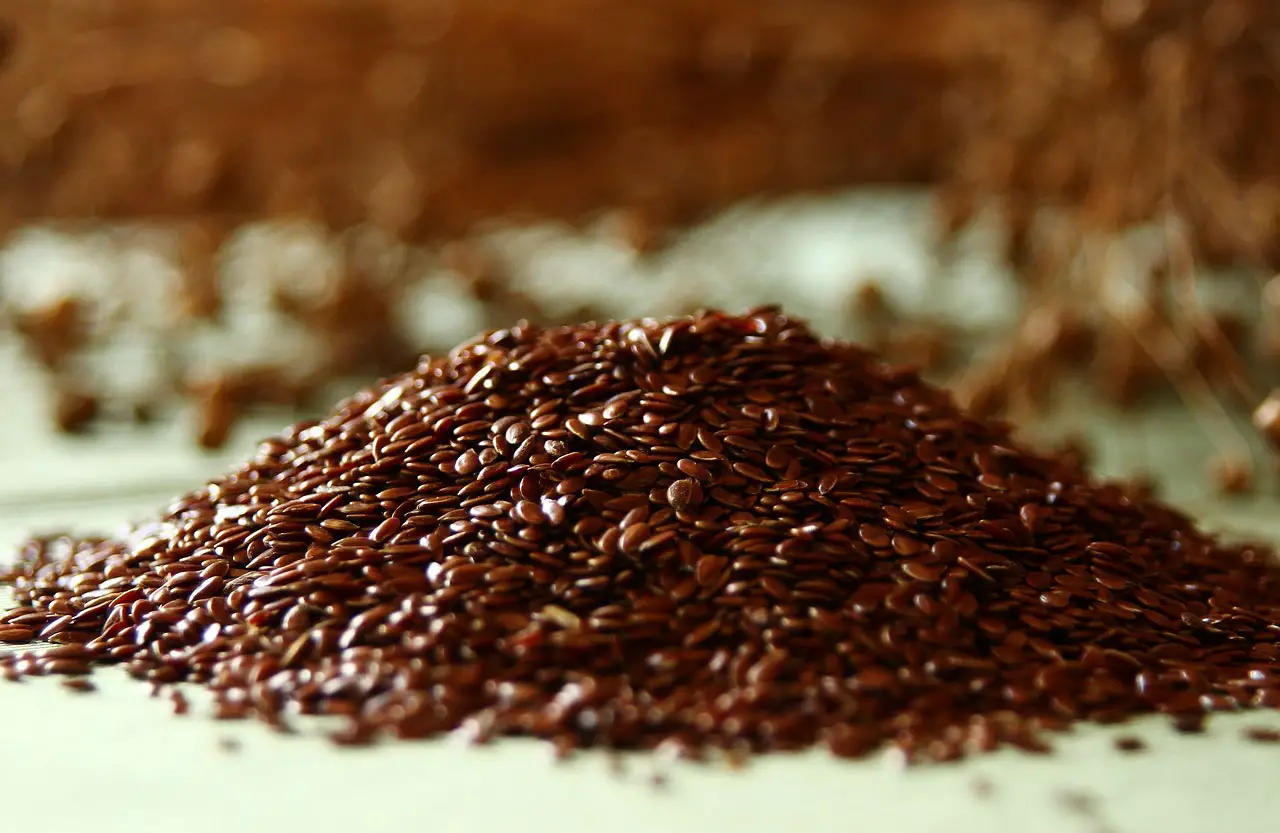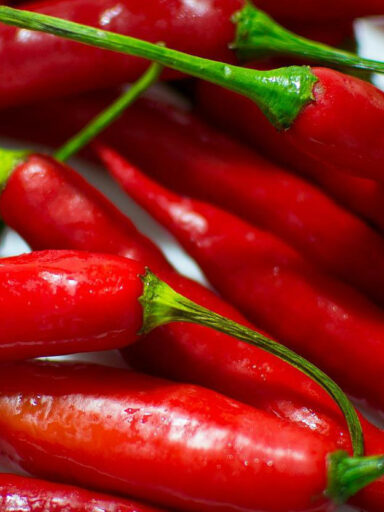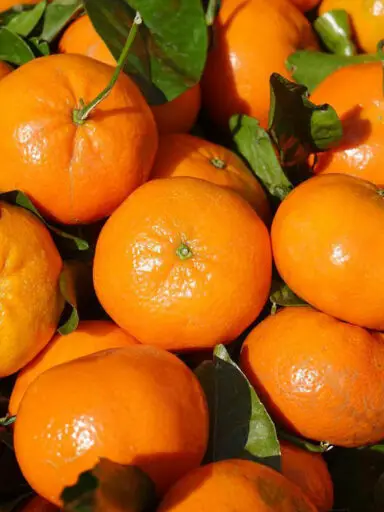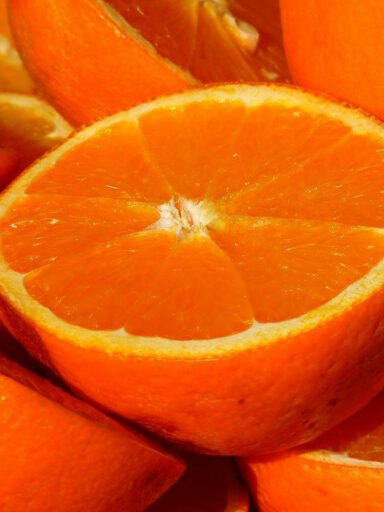The flaxseed or common flax which is also commonly known as linseed is cultivated for its delicate oilseeds and fiber. It is used to make fibers better known as linen while the oil is referred to as linseed oil.
Botanically, flax with the scientific name Linum usitatissimum belongs to the family Linaceae. It is known to have been cultivated in ancient Egypt and its use extended far and wide across the Mediterranean regions.
The plant grows to about 1.2 meters tall with pale blue flowers that reach about 15 to 25 millimeters in diameter with five petals. The flowers turn into a round fruit which forms a dry capsule about 5 to 10 millimeters. The fruit contains brown seeds that have a glossy texture.
The flax fibers are extracted from the undersurface of the stem of the flax plant. The fibers which resemble blond hair are soft, flexible, and lustrous. It is a stronger fiber than cotton but not as elastic. The fiber is used to make beddings, lace, twine, rope, banknotes, rolling paper for cigarettes, and tea bags.
Closer to the topic of this write-up, the flaxseed can be used to extract linseed oil or flaxseed oil by pressing. The oil is extensively used in woodwork finishings as well as for culinary purposes. The seed has two main varieties namely: brown, and yellow or golden (golden linseeds).
The world’s largest producers of flax in the world as Canada, Kazakhstan, China, Russia, the United States, and India respectively.
Flax seeds are available in marketplaces and stores all year round. The seeds may be purchased in stores roasted, ground, or in whole dry form. As recommended one should try and purchase the whole seeds to avoid those that have been adulterated or low in nutrients.
The seeds should be glossy, even in size, and not show signs of mold or rot. They can be stored at home for several months in an airtight container placed in a cool, dry, and dark place. The powdered form should be stored in a refrigerator to avoid it turning rancid.
Flax Seed as Used for Culinary Purposes
The seeds should be toasted over medium heat and ground in a seed grinder just before use so as to preserve as much flavor as possible.
The whole seed may be eaten as a delicious snack either salted or sweetened. They can also be used whole or crushed as a garnish over desserts, salads, yogurt, ice cream, shakes, cereal, and smoothies among other similar food products.
The seeds are also found as ingredients in baked products including cakes, bread, buns, muffins, and biscuits.
Health and Nutritional Benefits
Due to the possible risk of cyanogen-glycosides toxicity, eating raw flax seed is not recommended. The seeds are rich in omega-3 fatty acids such as α-linolenic acid, and monounsaturated fatty acids like oleic acid.
They are packed with minerals, vitamins, and antioxidants. They are a great source of dietary fiber, fats and oils, protein, and carbohydrates. The seeds contain no cholesterol and provide 534 calories per 100 grams.
Flaxseed is rich in B-complex vitamins including folates, niacin, pantothenic acid, pyridoxine, riboflavin, and thiamin. They are also a great source of vitamin E.
As for minerals, the seeds are rich in copper, iron, magnesium, manganese, zinc, and copper. They contain good amounts of potassium and a little sodium.



